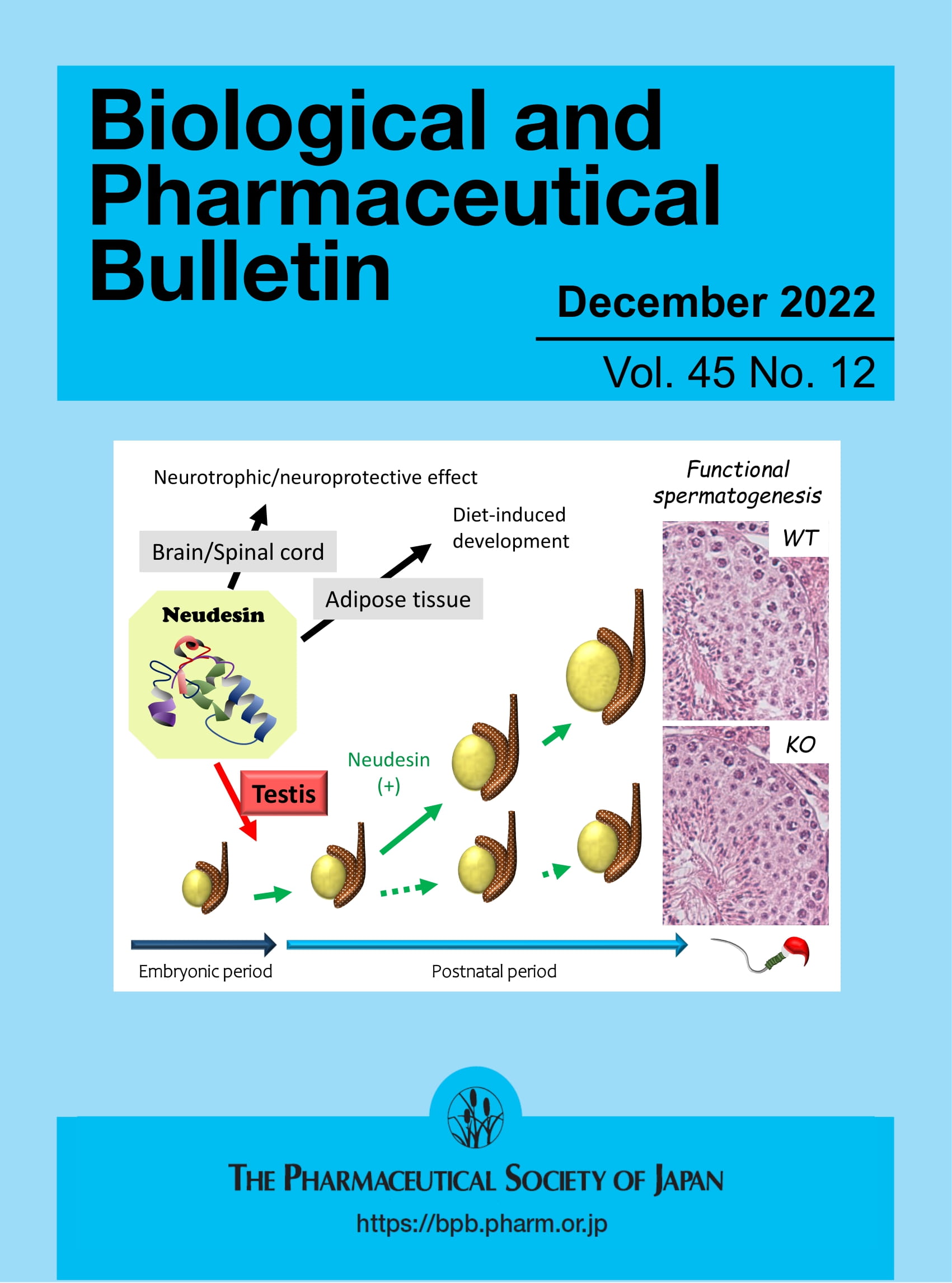Optimization of MALDI Matrices and Their Preparation for the MALDI-TOF MS Analysis of Oligonucleotides
Abstract
Rationale
The reproducibility of the analysis of oligonucleotides using matrix-assisted laser desorption/ionization time-of-flight mass spectrometry (MALDI-TOF MS) remains a significant challenge. This is mainly attributed to factors such as the choice and application of the matrix, as well as the inhomogeneity of the sample spots. Although previous studies have explored various parameters, such as ionic and sugar-based matrices, and different spotting methods, none have comprehensively integrated these factors into a unified approach.
Methods
Various matrices for the analysis of oligonucleotides and the effects of diverse variables, including different matrices, solvent compositions, additives, and application techniques, on the analytical performance of these matrices were investigated. Mass spectrometry analysis was conducted by a MALDI-TOF MS in linear negative mode.
Results
Our research systematically evaluates the combined effects of diverse variables to enhance the analytical performance of MALDI-TOF MS in oligonucleotide analysis. We focused on the standard deviation of mass-to-charge ratios and the signal-to-noise (S/N) ratios. Out of 48 samples, only 19 met the S/N criteria, which is that the signals must be detectable over the whole mass range of interest (4–10 kDa).
Conclusions
The ionic matrix 6-aza-2-thiothymine (ATT) with 1-methylimidazole resulted consistently in a reduced standard deviation and achieved high mass precisions. Additionally, we observed that the S/N ratios and mass precision of 3-hydroxypicolinic acid (3-HPA) varied significantly depending on the solvent composition and the presence of additives.




 求助内容:
求助内容: 应助结果提醒方式:
应助结果提醒方式:


